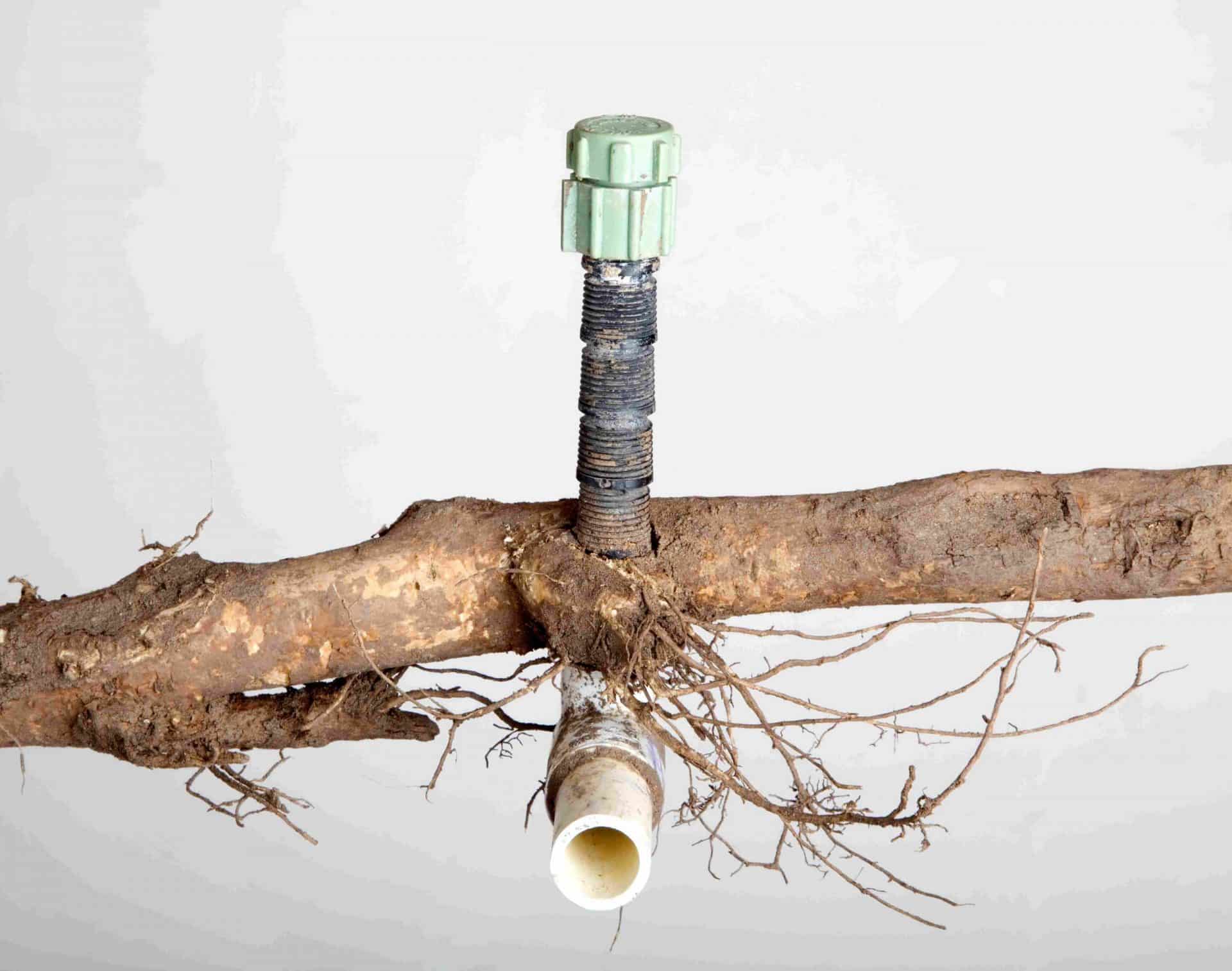Are you wondering Which trees cause the most pipe damage? While there are ways to repair pipe damage caused by tree roots, you can frequently avoid incursions completely by making wiser landscaping selections early on. Much of this is dependent on understanding where your underground pipelines are located, as well as which plant species require deep or wide roots – species to avoid if pipes run over or across your lawn, or are within a specific depth range. So, which trees cause the most pipe damage?
Roots in Pipes: Signs and Symptoms
There are signs of tree root incursion to check for if you believe tree roots are causing pipe damage. Roots in pipes can show up in a variety of ways, depending on the extent of the damage. Minor cracks, blockages, and roots in pipes can eventually lead to serious damage, such as crushed pipes if left unchecked.
Clogs in tubs, toilets, or sinks on a regular basis with no apparent cause
Plunging into the toilet on a regular basis
Drains are gurgling loudly.
Slowly draining water from a tub or sink drains that are slowly draining
Showers or sinks with low water pressure
Sounds of gurgling
There is a sudden decrease in the amount of water available.
Water pressure suddenly drops
Whistling or strange noises coming from your pipes
Despite typical water consumption, your water costs have suddenly increased.
Patches of green in your yard
Unpleasant odours in your yard or basement
The Roots of the Most Invasive Trees
We could go on for days about the various issues and damage caused by tree roots in sewage pipes. However, if you’re planning on updating your lawn and planting new trees to improve the beauty or worth of your home, you’ll want to know which species are the most dangerous to subterranean pipes. So let’s go right to the point. Trees and plants that commonly cause sewage line damage include the following:
- Sycamore trees
- Willows
- Oak and fig trees
- Maple trees
- Aspen trees
- Elm trees
- Birch trees
- Mediterranean fan palms
- Many fruit tree species
- Certain cypress and cedars
- Wafer ash
- Sabal palmetto
- Magnolias
You may plant any of the above-mentioned tree species without putting your plumbing at risk! If you know where your home’s and property’s pipelines go, you may plant troublesome species in the appropriate locations, far enough away from your pipes to prevent tree root incursion. If you don’t have this knowledge, you should choose the low-risk species listed above, or call a plumbing professional to identify where pipes run beneath your home.
How Can I Prevent Roots From Growing Into My Pipes?
Preventative maintenance is the most effective way to keep roots from infiltrating your pipes and wreaking havoc. Tree roots will be less likely to damage your underground pipes if you plant trees with minimal root development near them. Plant tiny trees and shrubs, or slow-growing trees with a small root ball, for sensible landscaping.
However, there are situations when these things are beyond your control. You may try to prevent tree roots from damaging your major pipes by putting up a barrier between them and the trees. To restrict root development in residential environments, slow-release compounds might be employed as growth inhibitors. To prevent tree roots from spreading, use copper sulphate, potassium hydroxide, and other similar chemicals around the pipeline. Another approach for removing tree roots that have badly obstructed major sewage lines is hydro-jetting. Hydro-jetting is used in conjunction with trenchless technology which ensures that damaged pipelines are repaired.
There are situations when no amount of protection will stop invasive tree roots from growing in pipes. There are various expert techniques for cleaning out tree roots in pipes and repairing your plumbing when there is tree root incursion damage. Plumbing Services can give you the best service in fixing your clogged or burst pipes due to tree roots.


